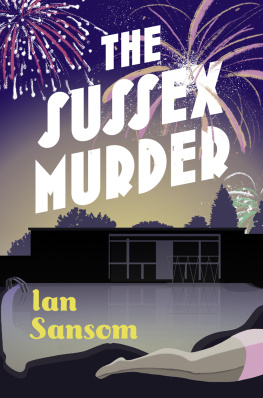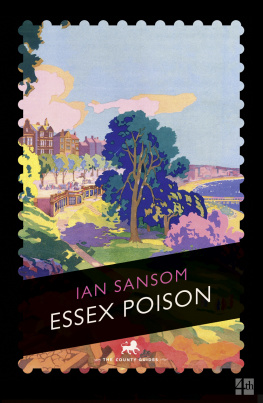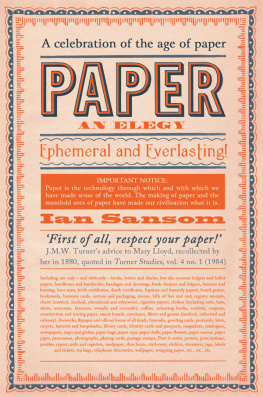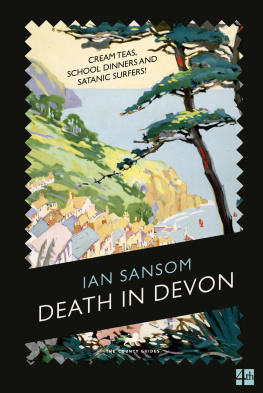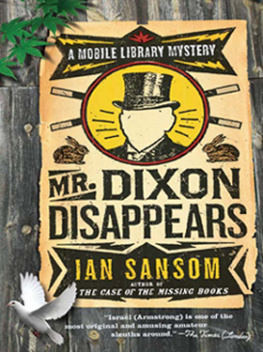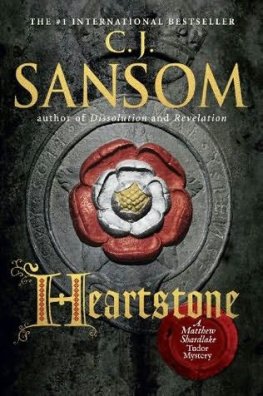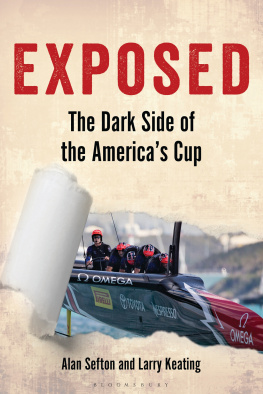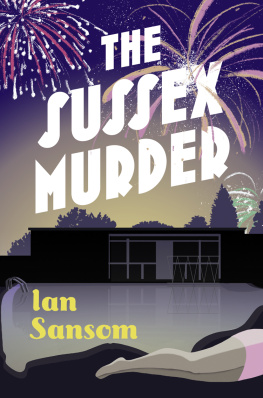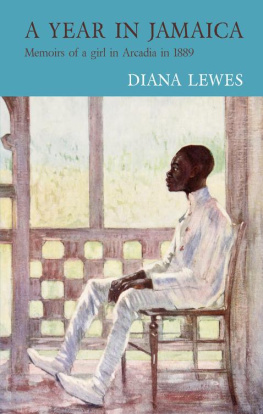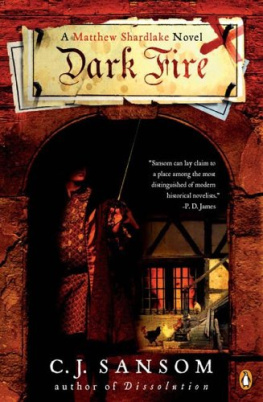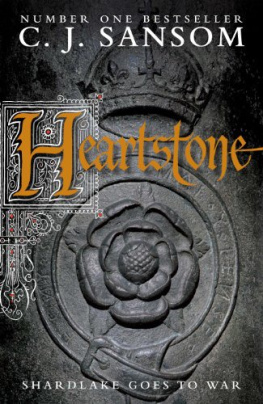Contents

4th Estate
An imprint of HarperCollinsPublishers
1 London Bridge Street
London SE1 9GF
www.4thEstate.co.uk
This eBook first published in Great Britain by 4th Estate in 2019
Copyright Ian Sansom 2019
Cover design by Jo Walker
Ian Sansom asserts the moral right to be identified as the author of this work
A catalogue record for this book is available from the British Library
All rights reserved under International and Pan-American Copyright Conventions. By payment of the required fees, you have been granted the non-exclusive, non-transferable right to access and read the text of this e-book on-screen. No part of this text may be reproduced, transmitted, down-loaded, decompiled, reverse engineered, or stored in or introduced into any information storage and retrieval system, in any form or by any means, whether electronic or mechanical, now known or hereinafter invented, without the express written permission of HarperCollins
Source ISBN: 9780008207359
Ebook Edition May 2019 ISBN: 9780008207366
Version: 2019-04-11
For Ciaran
God gives all men all earth to love,
But since mans heart is small,
Ordains for each one spot shall prove
Beloved over all.
Each to his choice, and I rejoice
The lot has fallen to me
In a fair ground in a fair ground
Yea, Sussex by the sea!
R UDYARD K IPLING


L EWES , S USSEX , F RIDAY , 5 November 1937.
At about four oclock, Miss Lizzie Walter, a teacher at the Kings Road Primary School, said goodbye to her young pupils. The children clattered out into the dark streets of the town, preparing for the nights revelries and Miss Lizzie Walter was never seen alive again.
Lizzie lived with her parents, respectable working-class folk, at 11 Saddle Street. Her father was a tradesman, her mother a housewife. She was young, intelligent, hard-working, good-looking. She liked literature, music and art. She was dressed that day in a double-breasted brown tweed coat, but wore no hat.
It is about a twenty-minute walk from Kings Road School to Saddle Street and normally Lizzie would have returned home by four thirty, but because of the Bonfire Night preparations her mother and father felt no anxiety regarding her failure to return. Bonfire Night in Lewes is a famous night of revelry. They assumed that she had met friends and gone to join the celebrations.
It was not until six oclock the following morning, when they discovered her bed had not been slept in, that her parents raised the alarm and shortly after when I found Lizzies body floating in the lido at Pells Pool.
We had, at that point, been in Sussex for less than twenty-four hours.


O F ALL OUR TRIPS AND TOURS during those years, our trip to Sussex was one of the darkest and most difficult: it was a turning point. We arrived, as always, intent on doing good and reporting on the good: we were, as so often, on a quest. We departed less than heroes. None of us could hold our heads up high.
The County Guides series of guidebooks, as some readers will doubtless be aware, but others may now well have forgotten, were intended by their once world-famous progenitor and my erstwhile employer, Swanton Morley, as a celebration of all that is good in England, volume after volume after volume of guides to the English counties, celebrating their variety and uniqueness. The County Guides in their smart green uniform editions, at one time as familiar as the Bible or the old Odhams Encyclopaedia on the shelves of the aspirant working and middle classes were hymns to the noble spirit of Britain. They were intended as uplifting literature up lit was the term coined by Morley in an interview in the short-lived Progress magazine in June 1939: What this nation needs now is up lit.
In reality, in every county we travelled to in those long years together, researching and writing the books, we seemed to encounter the very worst of human nature: downbeat doesnt do it justice. Downcast, downfaced, downthrown and downright.
In Norfolk it was treachery, in Devon it was devilry, in Westmorland tragedy and in Essex farce, but in Sussex we encountered not only murder but mayhem and depravity: it was not just the burning of the crosses and the flaming tar barrels, the torchlit processions, the sheer anarchy of Bonfire Night in Lewes, it was the revelation to ourselves and to each other of our own terrible inadequacies. For ever after, Morley referred to The County Guides: Sussex as flaming Sussex. (He had pet names for all the books, in fact: The County Guides: Essex was always Essex Poison to him, Westmorland was Westmorland Alone, Cheshire Rogue Cheshire, and etcetera and etcetera).
Before we arrived in Sussex, Morley, as usual, had drawn up a long list of what to see, with an even longer list of annotations. Having already produced our County Guides to Norfolk, Devon, Westmorland and Essex we had begun to develop a kind of routine. We would meet either in London or at Morleys vast and eccentric estate in Norfolk, St Georges, where he would brief me and Miriam, his daughter, and we would then embark upon our adventure in his beloved Lagonda, Miriam at the wheel, Morley strapped in behind his typewriter, and me as general factotum.
For our journey to Sussex, Morleys list began with Abbotsford Gardens (Open to the public on weekdays only, alas, but fabulous aviaries and monkeys! and light refreshments!) and included, in addition to all those Sussex places one might reasonably expect to find in any good guidebook and gazetteer, many places that one might reasonably not, such as the Balcombe Viaduct (A marvel of Victorian engineering!), the Pavilion in Bexhill (A marvel of modern engineering!), the Rising Sun Inn at North Bersted (The Jubilee Stamp Room: one of the Seven Wonders of the Modern World. A whole room papered from floor to ceiling with postage stamps, said to number in excess of three million), the Chattri (War memorial erected by the India Office and the Corporation of Brighton to commemorate the brave Hindu and Sikh soldiers who died in the Great War), Chick Hill (Marvellous view to France), Clapham Wood (Satanic mists, apparently!), Climping (We must visit the Moynes!), Frant (Lovely obelisk), the Heritage Craft School near Chailey (The salvation home for cripples!), some Knucker Holes (Bottomless, some of them, reputedly), Mick Mills Race (Wonderful avenue in St Leonards Forest where the smuggler Mick Mills raced the devil and won), Shoreham Beach (For the railway carriage homes, of course! Englands Little Hollywood!) and the Witterings, for no good reason, both East and West.
Ill be honest, I had absolutely no interest in Sussex.
Next page
